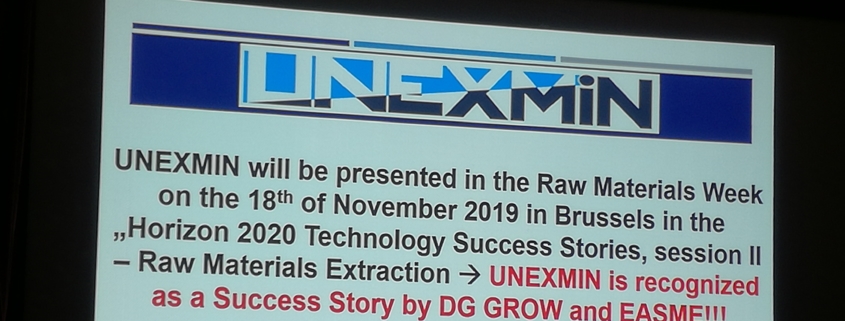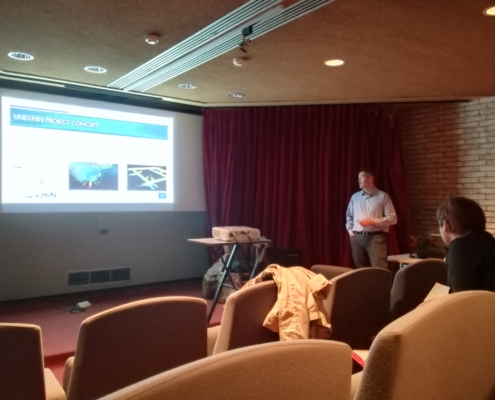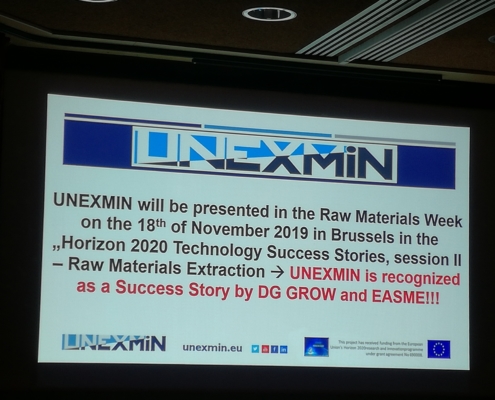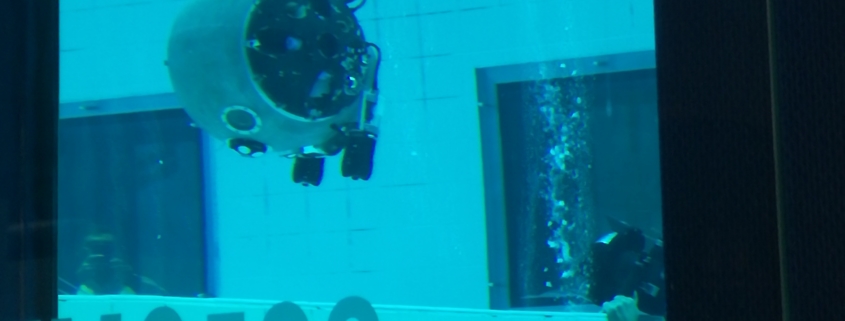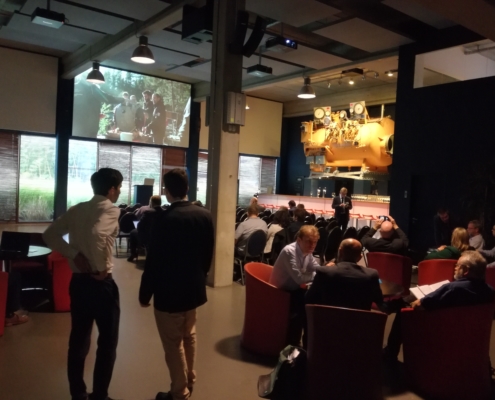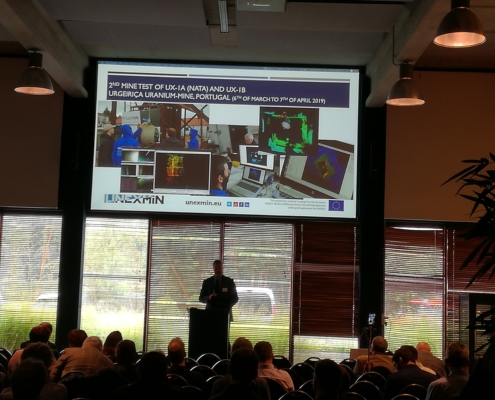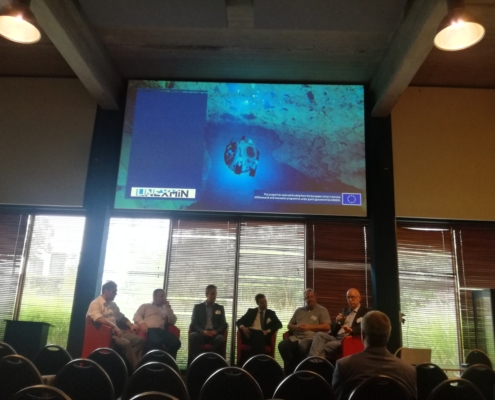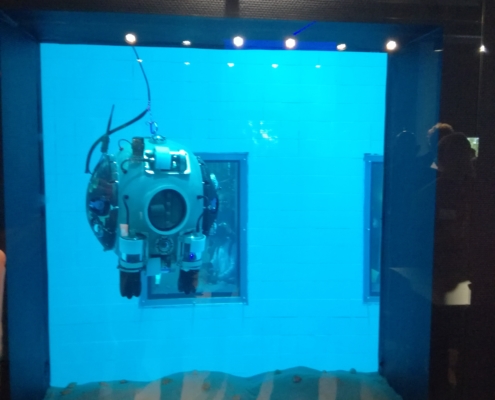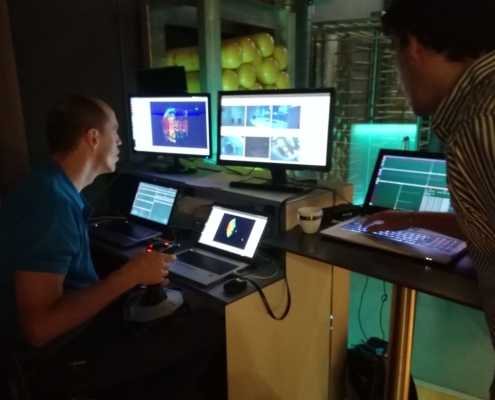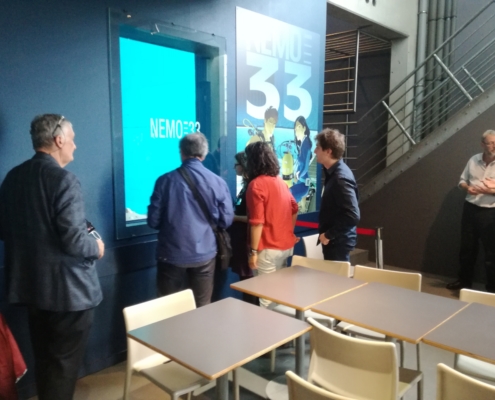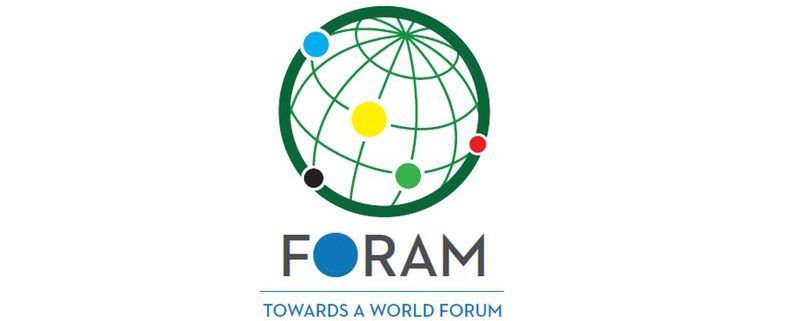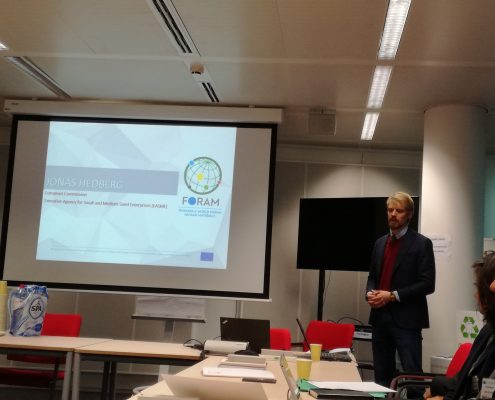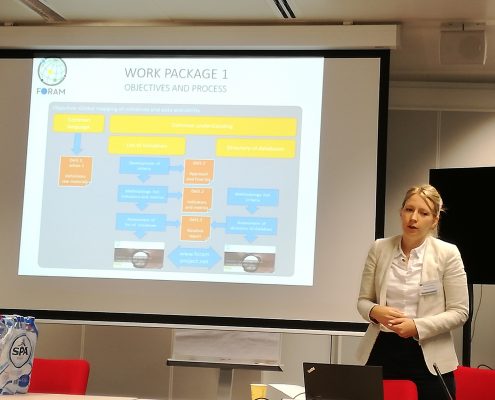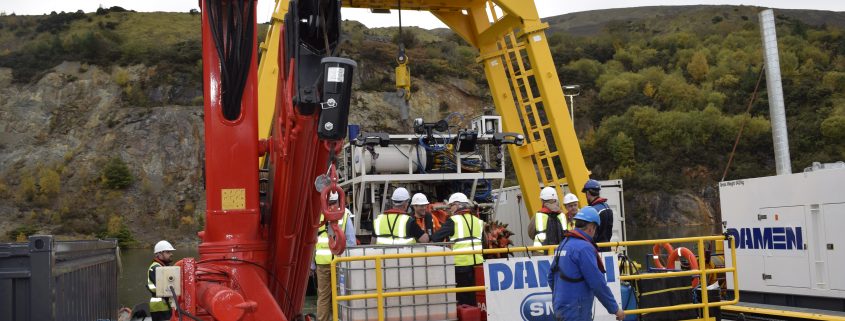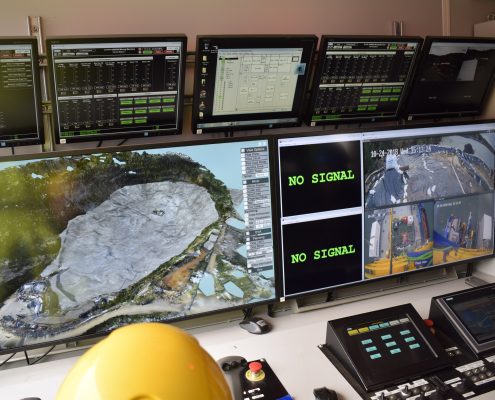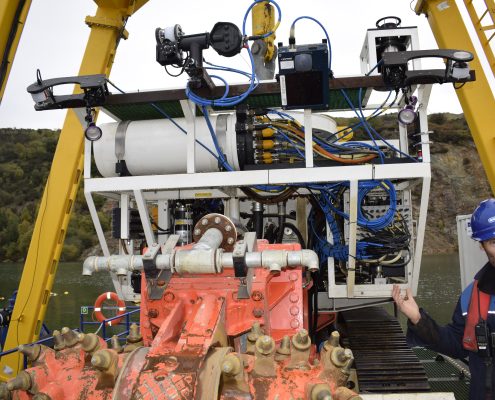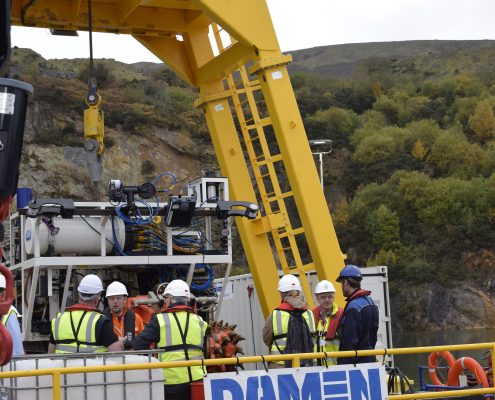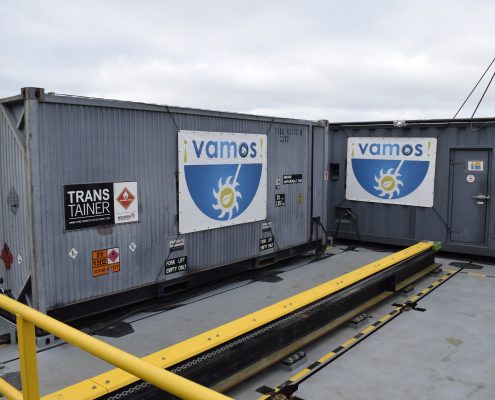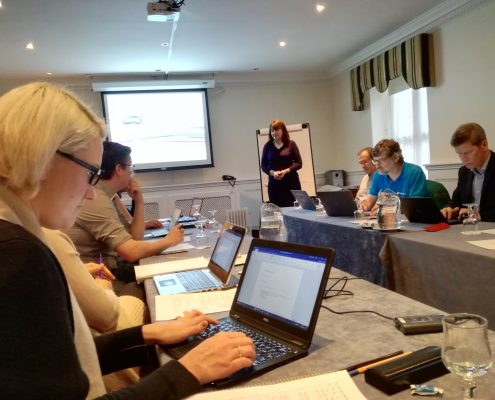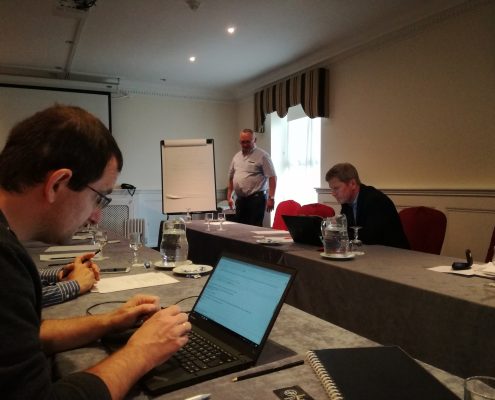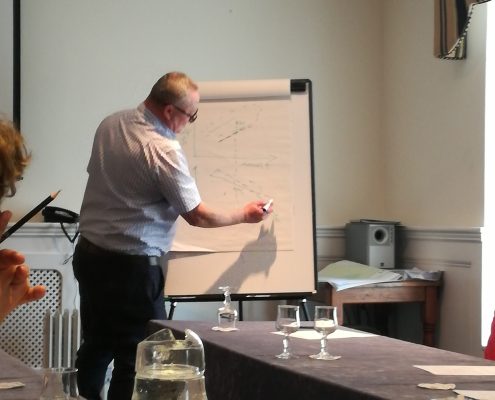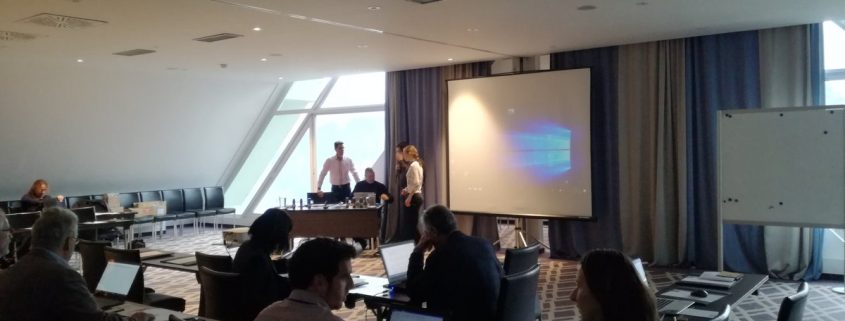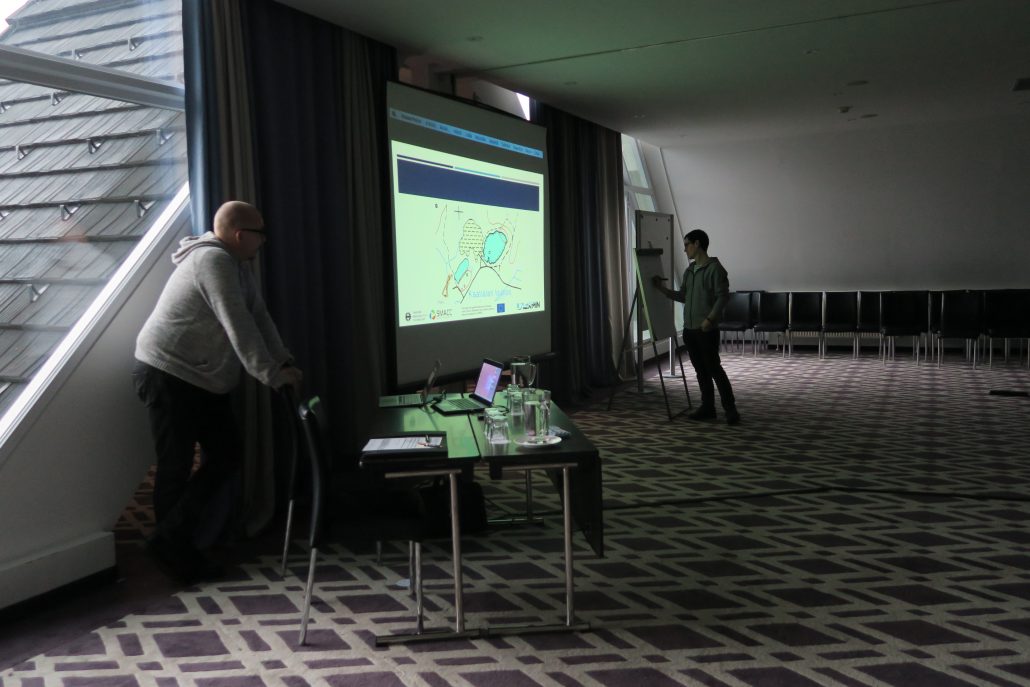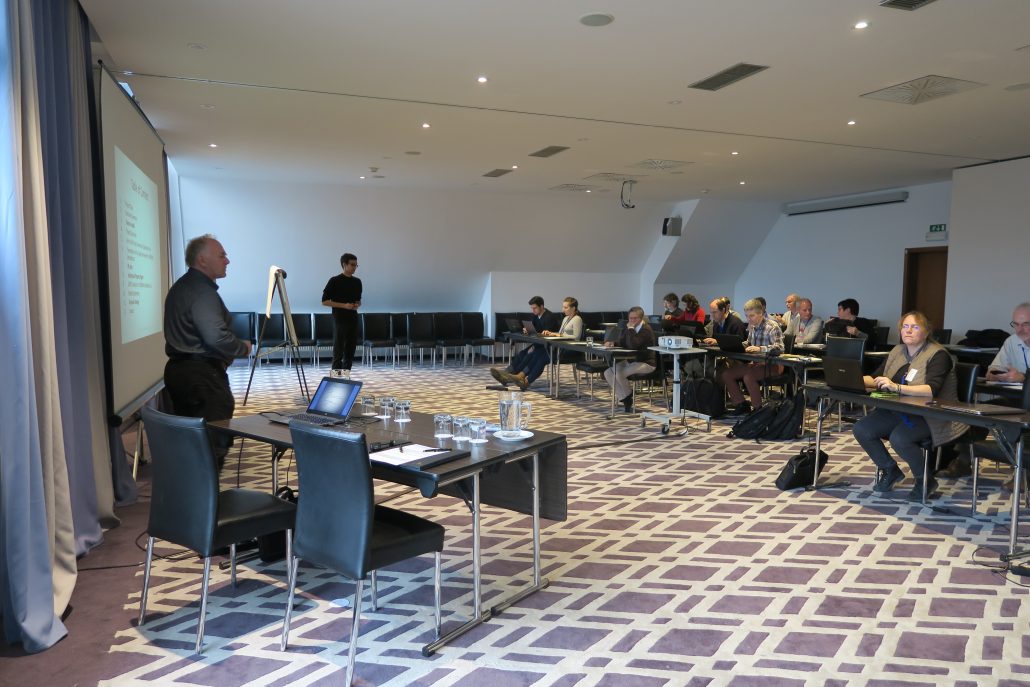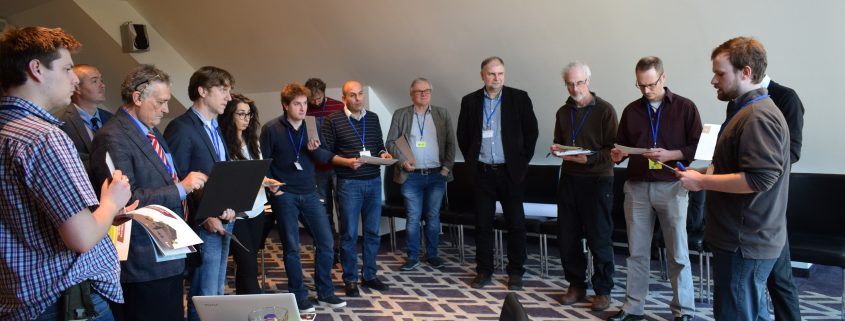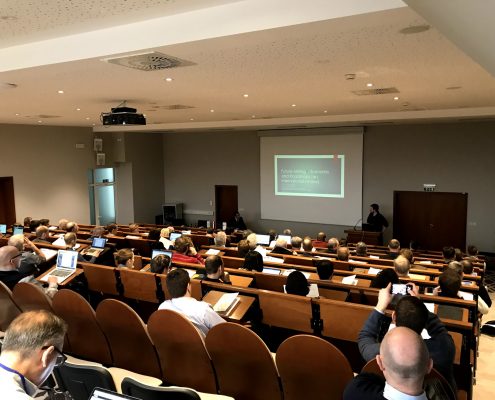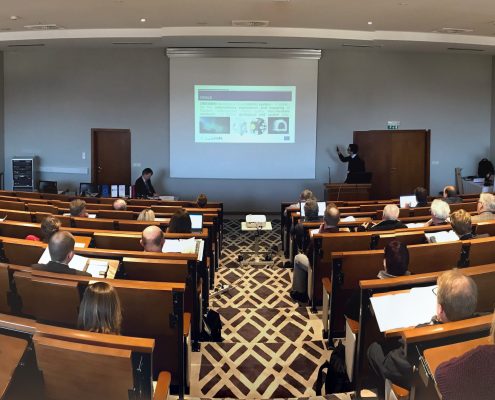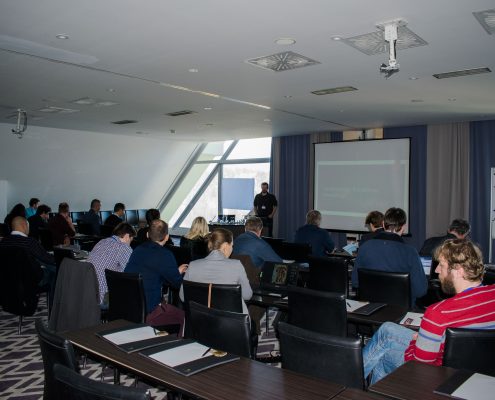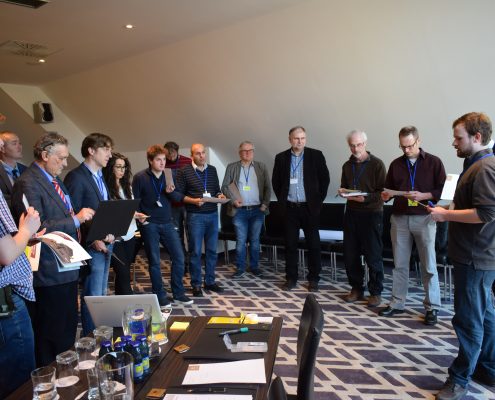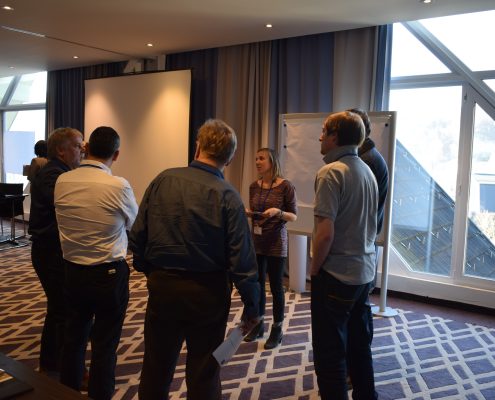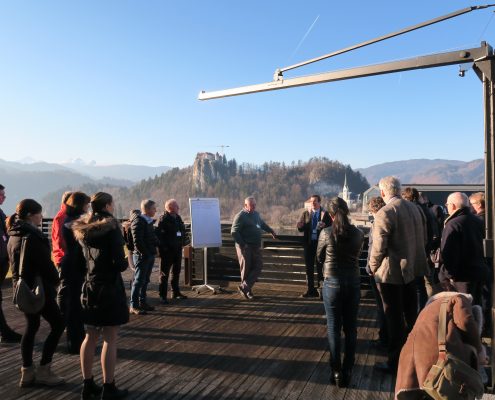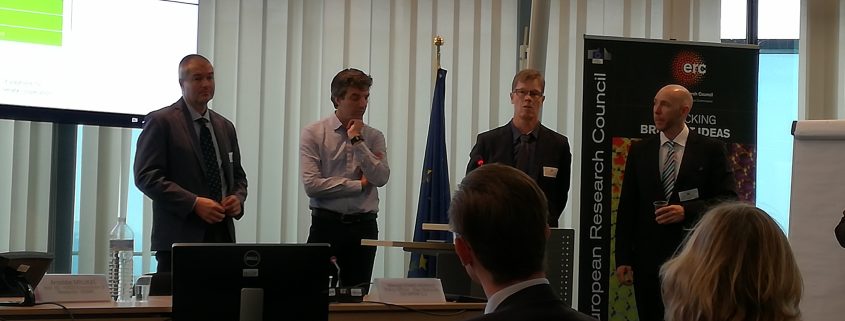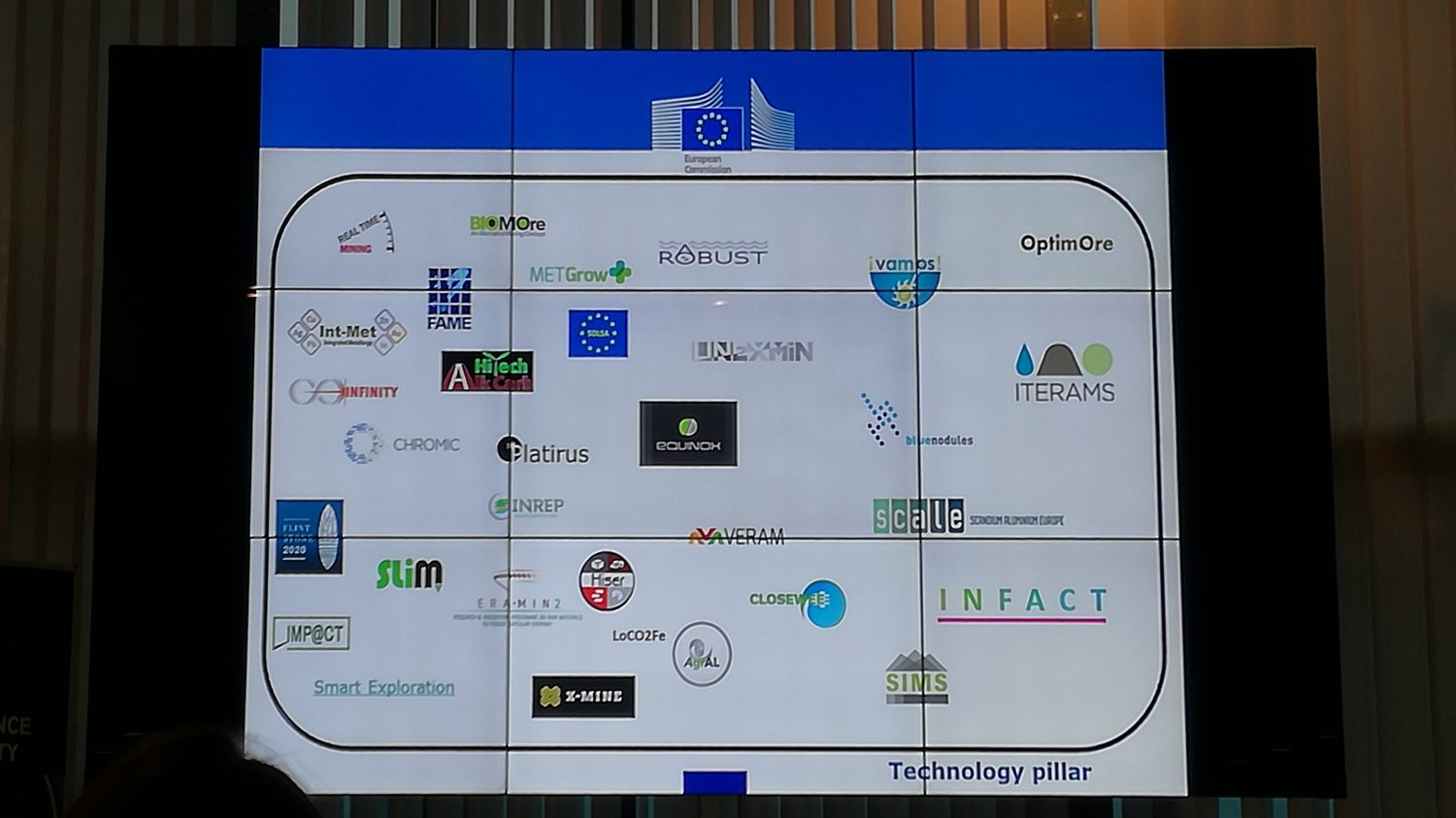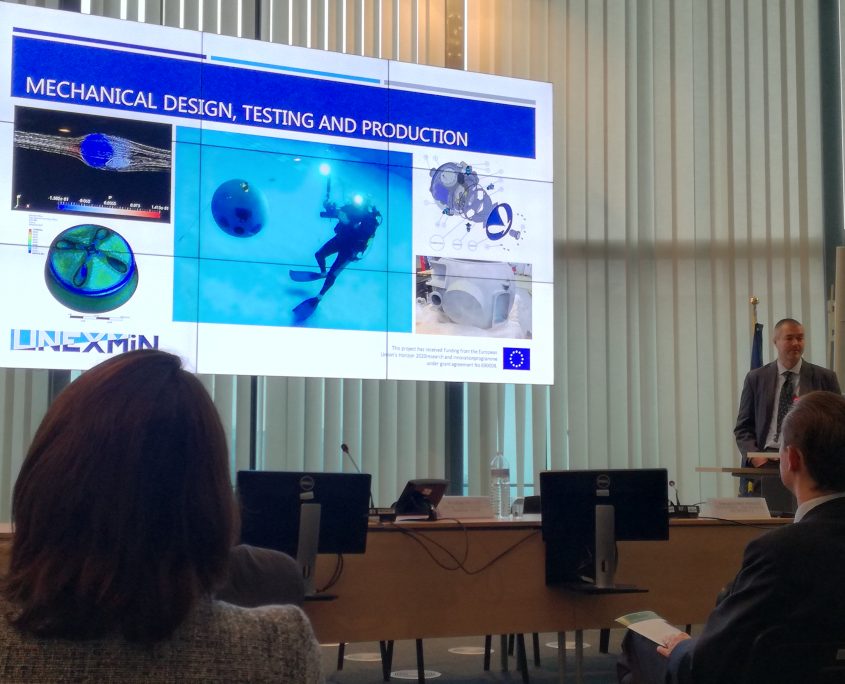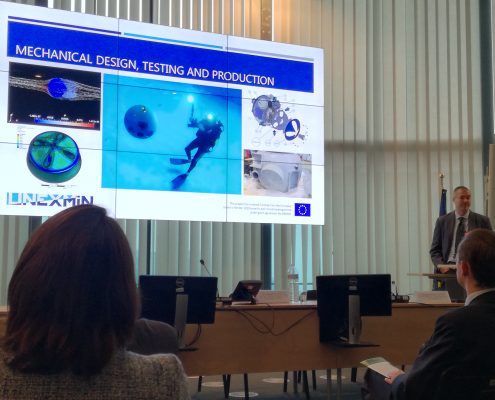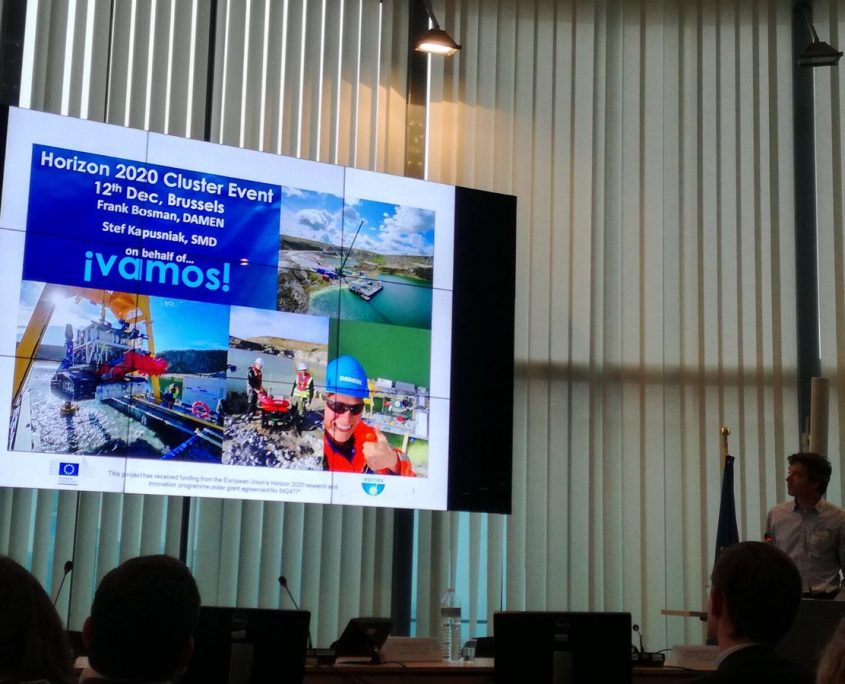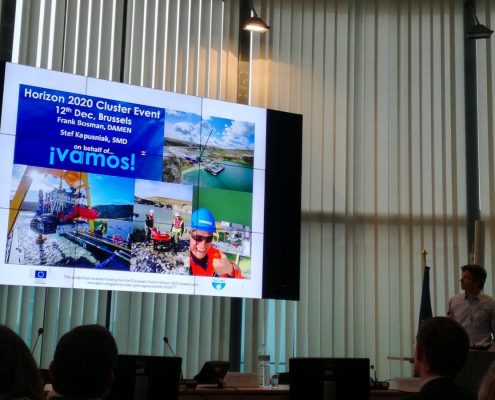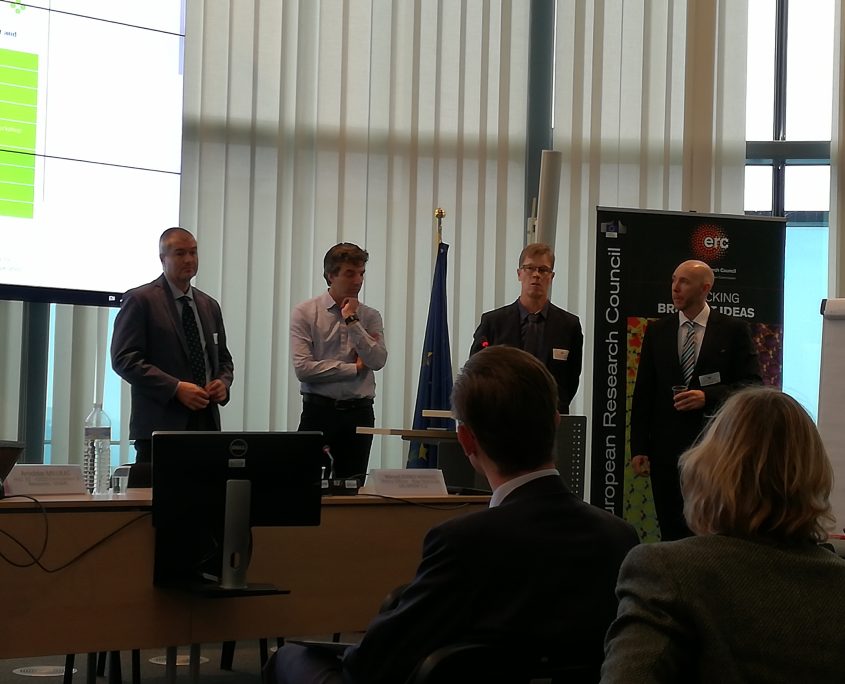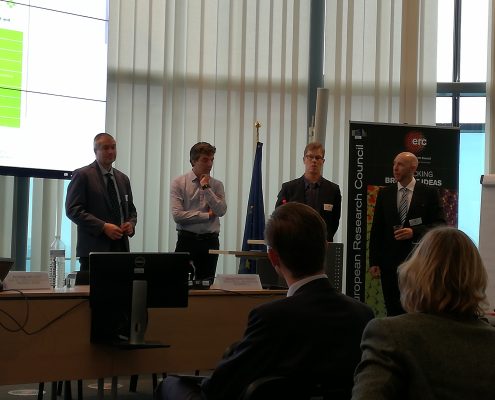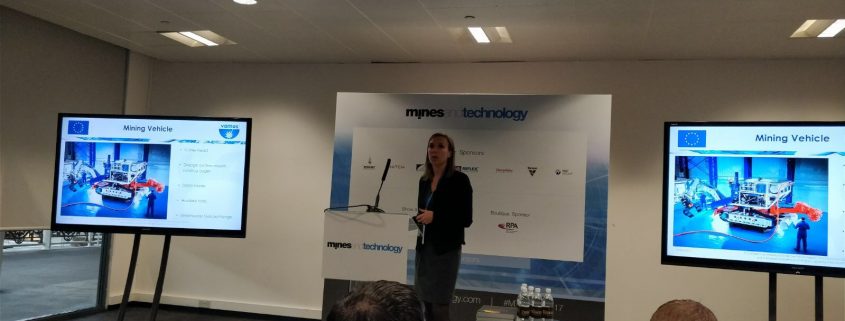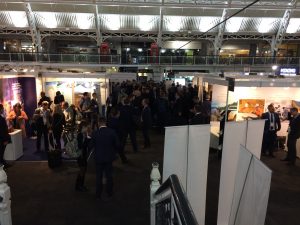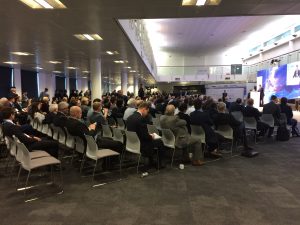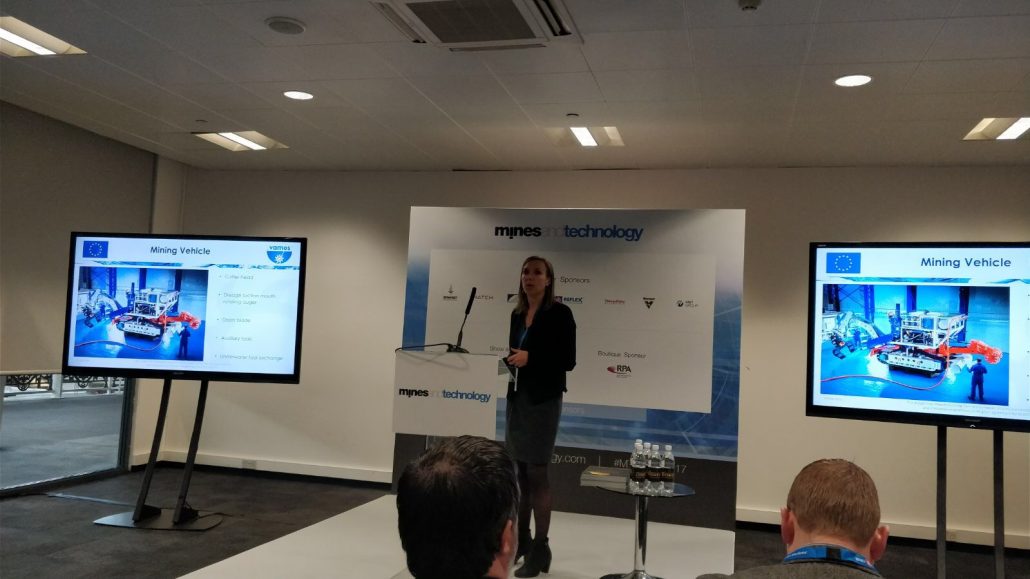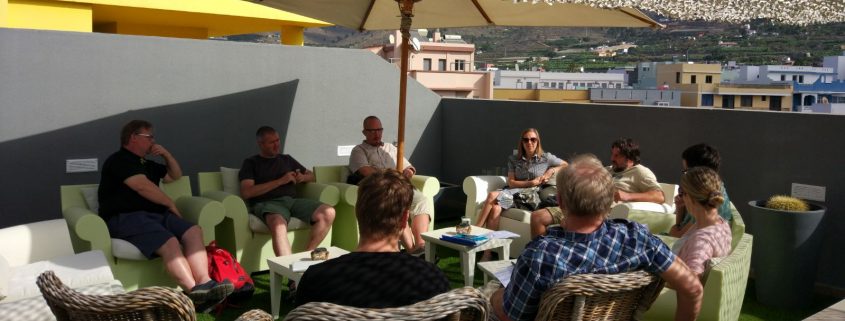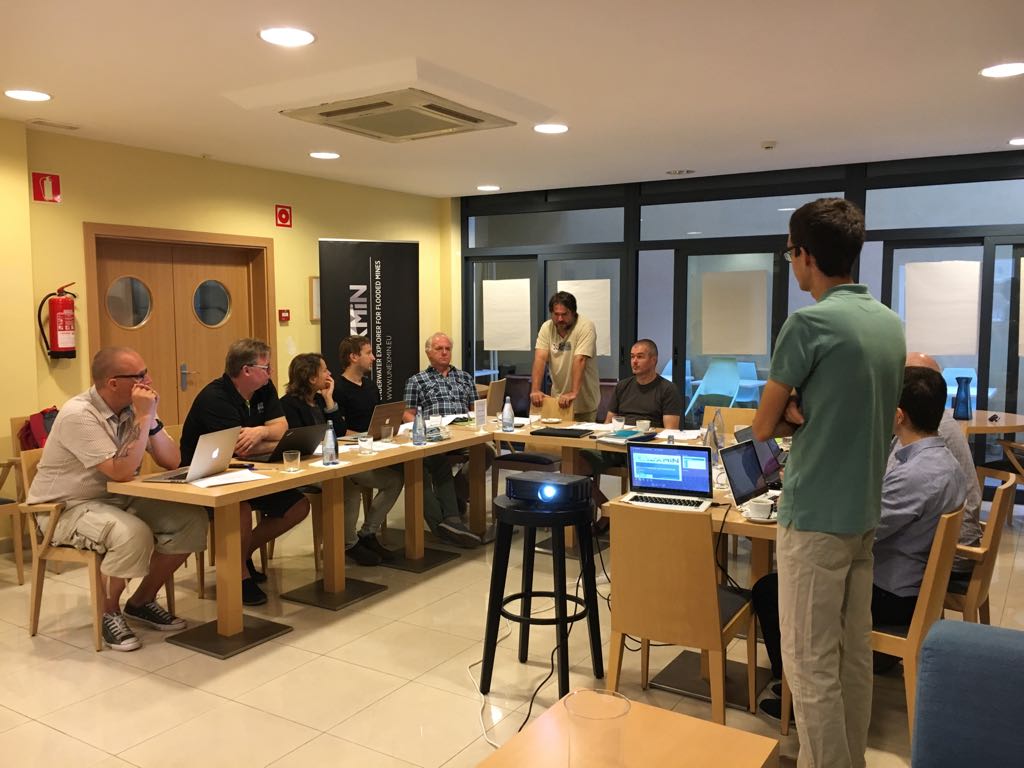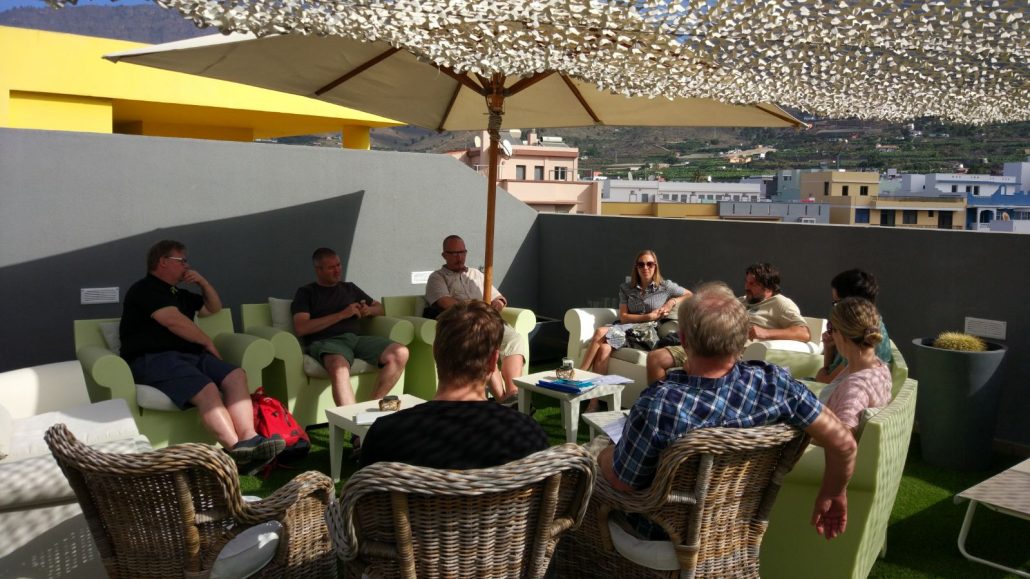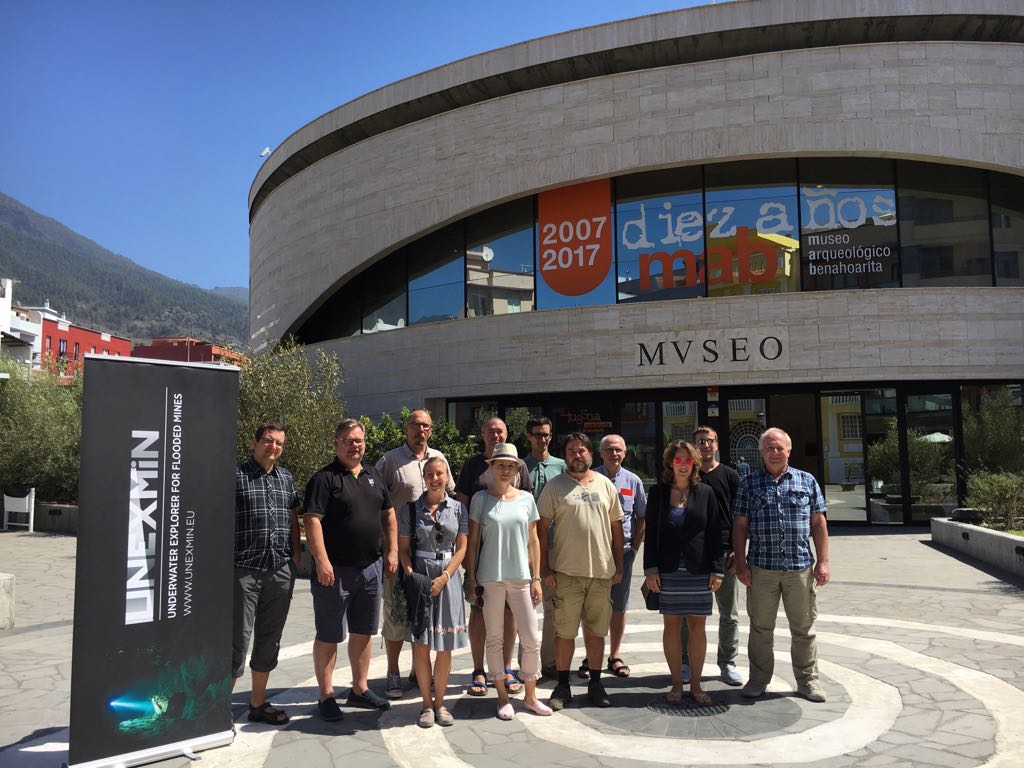UNEXMIN Final Project Meeting, Brussels
LPRC participated at the final UNEXMIN Project Meeting, held in Brussels, on the 25th of September. This meeting was scheduled one month before the end of the project, so the team has the time to finalise details and wrap-up results and outcomes of this success story, which LPRC helped to build.
To the one-day final project meeting call the consortium answered with a total of 40 participants from all the 12 partner representatives. The morning sessions were dedicated to present the current state of the project as well as to what the future holds for UNEXMIN, but most importantly for the UX-1 unique technology. For the latter, there are already good news: a joint company was created to exploit the project’s technology – meet UNEXMIN GeoRobotics!
During the afternoon two different meetings were held: one Advisory Board meeting and a Steering Committee meeting. In both councils the discussions worked mostly around the future exploitation possibilities for the UNEXMIN technology and how the project itself is seen as a success story in the raw materials and robotics panorama.
The UNEXMIN project officially ends on the 31st of October, but there is still a lot to do. Wrapping-up results, finalising reports and documents and prepare the future are just some of the tasks ahead for this month.
LPRC is very happy and grateful to be part of such an interesting project and consortium, having contributed to different relevant aspects such as communication & dissemination, technology roadmapping and future exploitation.

